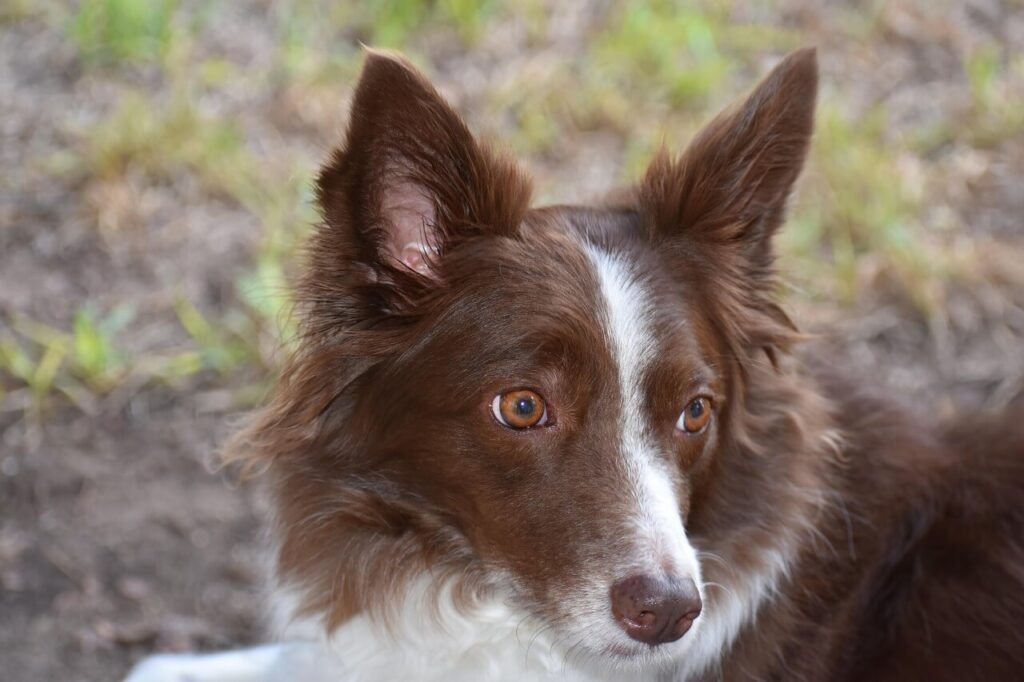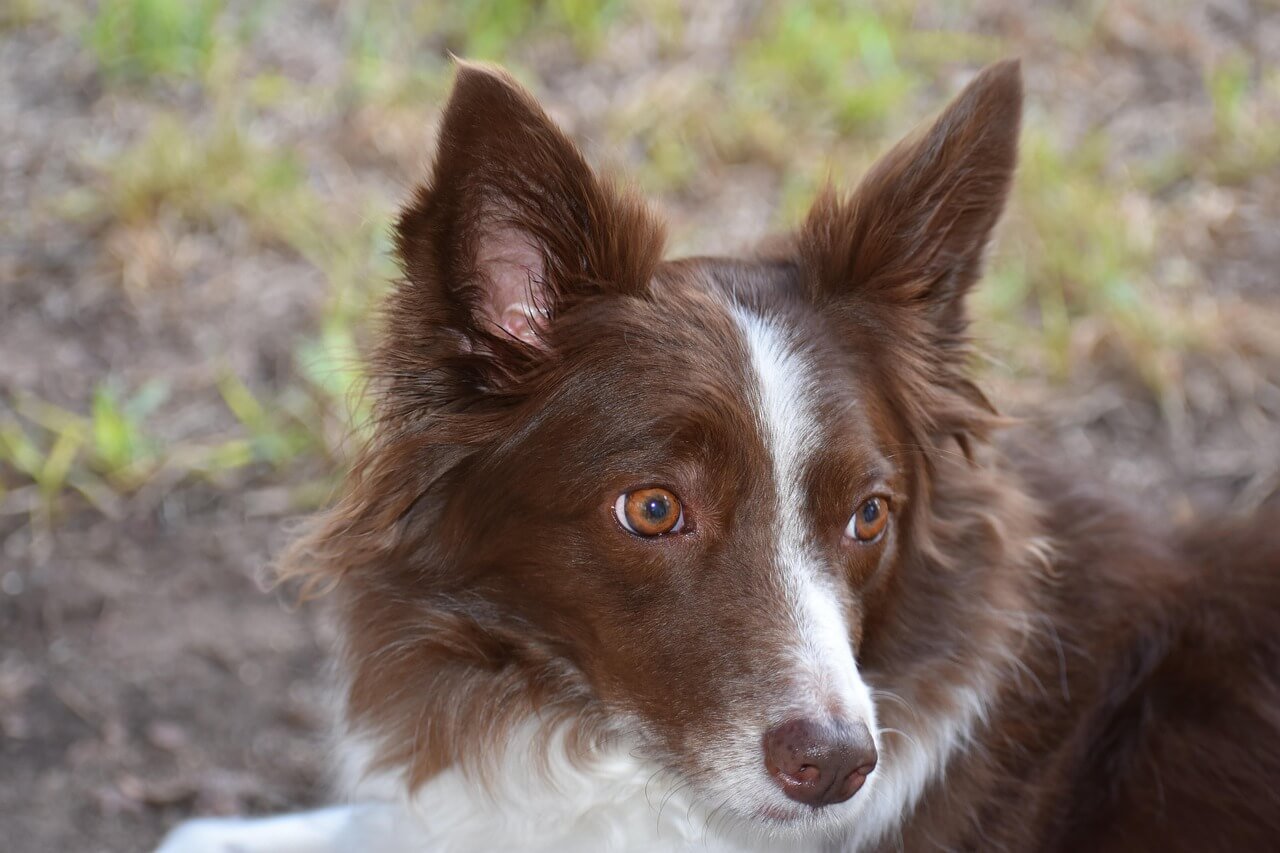Should You Look a Dog in the Eyes? Understanding Canine Communication
When it comes to interacting with dogs, one question often arises: Is it okay to look a dog in the eyes? For humans, eye contact is a natural way to build trust and connection. However, for our canine companions, eye contact can have different meanings depending on the context. While some dogs may interpret direct eye contact as friendly or affectionate, others might see it as a challenge or threat. In this blog post, we’ll explore the nuances of looking a dog in the eyes, how it affects their behavior, and tips for fostering positive interactions. Let’s dive in and learn how to communicate effectively with our furry friends!
What Does Eye Contact Mean to Dogs? Key Insights
Eye contact is a powerful form of communication, but its meaning varies between species. For dogs, eye contact can convey different messages based on their upbringing, personality, and environment. Here are some key insights into what eye contact means to dogs:
Direct eye contact can be seen as a challenge or dominance signal in certain situations.
Prolonged staring may make some dogs feel uncomfortable or threatened.
Soft, gentle eye contact is often interpreted as affectionate or reassuring by well-socialized dogs.
Dogs that avoid eye contact may be feeling fearful, anxious, or submissive.
Some dogs enjoy playful eye contact during training or interactive games.
Understanding these nuances can help you gauge how your dog perceives eye contact and adjust your approach accordingly. Always observe their body language to ensure they’re comfortable.
How to Use Eye Contact Positively with Your Dog
While eye contact can sometimes be misunderstood, it can also be a tool for strengthening your bond with your dog. Here are some ways to use eye contact positively and foster trust:
Start with short, soft gazes and pair them with treats or praise to create positive associations.
Avoid intense or prolonged staring, especially with unfamiliar or nervous dogs.
Use eye contact during training sessions to reinforce focus and attention commands.
Respect your dog’s boundaries if they show signs of discomfort, such as looking away or licking their lips.
Practice mutual gaze exercises to build a deeper connection with your dog over time.
By using eye contact thoughtfully, you can enhance your relationship with your dog while ensuring they feel safe and respected.
Check this guide 👉Dog Bloodshot Eyes: Best 7 Health Tips!
Check this guide 👉What Are Whale Eyes in Dogs? Best 7 Expert Tips!

Signs Your Dog Enjoys Eye Contact | Signs Your Dog Feels Uncomfortable |
|---|---|
Relaxed body posture and wagging tail | Turning head away or avoiding gaze |
Soft, warm expressions in their eyes | Growling or showing teeth |
Leaning into you during eye contact | Ears pulled back or flattened |
Returning your gaze voluntarily | Licking lips or yawning excessively |
Calm and steady breathing | Stiffening or crouching |
Common Misconceptions About Looking a Dog in the Eyes
There are several misconceptions about eye contact with dogs that can lead to misunderstandings. Let’s clarify these myths to ensure you interact with your dog safely and effectively.
Myth: All dogs love direct eye contact—it’s a universal sign of affection.
Reality: Some dogs may feel threatened or stressed by prolonged eye contact.
Myth: Avoiding eye contact always means a dog is shy or submissive.
Reality: Dogs may avoid eye contact for various reasons, including fear or respect.
Myth: Eye contact is only important during training sessions.
Reality: Eye contact plays a role in everyday interactions and communication.
By debunking these myths, you can develop a more nuanced understanding of how dogs perceive eye contact and respond appropriately.
Tips for Building Trust Through Eye Contact
Building trust with your dog through eye contact requires patience and consistency. Here are some practical tips to help you create a positive association with eye contact:
Begin with brief eye contact sessions and gradually increase the duration as your dog becomes more comfortable.
Reward your dog with treats, praise, or playtime whenever they make eye contact with you.
Use a calm, soothing tone of voice to reassure your dog during eye contact exercises.
Avoid forcing eye contact—let your dog initiate it when they feel ready.
Pay attention to your dog’s body language to ensure they’re relaxed and happy during interactions.
These strategies can help you strengthen your bond with your dog while ensuring they feel secure and respected.
Signs Your Dog Feels Uncomfortable with Eye Contact
While some dogs enjoy eye contact, others may feel uneasy or threatened by it. Recognizing the signs of discomfort can help you adjust your approach and ensure your dog feels safe.
Turning their head away or avoiding your gaze is a clear sign of unease.
Lip licking or yawning excessively can indicate stress or anxiety.
Ears pulled back or flattened against their head suggest they’re feeling threatened.
Stiffening their body or freezing in place may signal discomfort or fear.
Growling or showing teeth is a more obvious warning that they feel threatened.
By paying attention to these signs, you can avoid pushing your dog into an uncomfortable situation and build trust at their own pace.
How Different Breeds React to Eye Contact
Just as individual dogs have unique personalities, different breeds may react differently to eye contact based on their temperament and upbringing. Here’s how breed traits can influence their response:
Herding breeds like Border Collies often enjoy eye contact as it aligns with their natural focus and attentiveness.
Guarding breeds such as German Shepherds may interpret direct eye contact as a challenge or dominance test.
Sensitive breeds like Greyhounds or Whippets may feel overwhelmed by intense or prolonged eye contact.
Working breeds like Labrador Retrievers are often more adaptable and open to gentle eye contact.
Independent breeds like Basenjis may show less interest in maintaining eye contact due to their aloof nature.
Understanding your dog’s breed tendencies can help you tailor your interactions to their comfort level and preferences.
Teaching Your Dog to Feel Comfortable with Eye Contact
If your dog seems unsure about eye contact, you can gently teach them to feel more comfortable over time. Positive reinforcement and patience are key to building this skill.
Start by holding a treat near your eyes and rewarding your dog when they glance at you.
Gradually increase the duration of eye contact before giving the reward to reinforce the behavior.
Use a cue word like “look” or “eyes” to associate the action with a positive experience.
Practice in short, fun sessions to keep your dog engaged and prevent frustration.
End each session on a positive note to leave your dog feeling confident and happy.
With consistent practice, your dog will learn to see eye contact as a rewarding and enjoyable interaction, strengthening your bond even further.
Frequently Asked Questions About Eye Contact with Dogs
Should I look a dog in the eyes when meeting them for the first time?
It’s best to avoid direct eye contact initially, as it can be perceived as threatening. Instead, let the dog approach you at their own pace.
Can eye contact help with training my dog?
Yes, gentle eye contact can improve focus and strengthen the bond between you and your dog during training.
Why does my dog stare at me all the time?
Dogs often stare to seek attention, express affection, or anticipate something like food or playtime.
What should I do if my dog avoids eye contact?
Respect their boundaries and avoid pressuring them. Build trust through positive reinforcement and gradual exposure.
Is eye contact dangerous for aggressive dogs?
Yes, direct eye contact can escalate tension with aggressive dogs. It’s best to avoid it and consult a professional trainer or behaviorist.
Creating Positive Connections Through Eye Contact
Understanding how to look a dog in the eyes—and when not to—is an essential part of building a strong, trusting relationship. While direct eye contact can be a powerful tool for bonding, it’s crucial to respect your dog’s comfort level and individual personality. By observing their body language and using eye contact thoughtfully, you can foster a deeper connection and ensure your interactions are positive and rewarding. Remember, every dog is unique, so take the time to learn what works best for your furry companion. With patience and care, you’ll create a bond that’s built on trust, respect, and mutual understanding.
Why Is My Cats Second Eyelid Showing? Best 7 Expert Tips! Understand causes, health signs, and how to respond when your cat’s third eyelid becomes visible.
How Do I Know If My Cat Died Peacefully? Best 7 Expert Tips! Discover the quiet signs of a peaceful feline passing and find comfort in their final moments.
How Do I Know If My Cat Died Peacefully? A Gentle Guide for Heartbroken Owners Losing a cat is not just …
Why Do Abyssinian Cat Colors Matter? Best 7 Expert Tips! Discover the genetics, rare hues, and care secrets behind Abyssinian coat colors for a healthier, happier cat.




